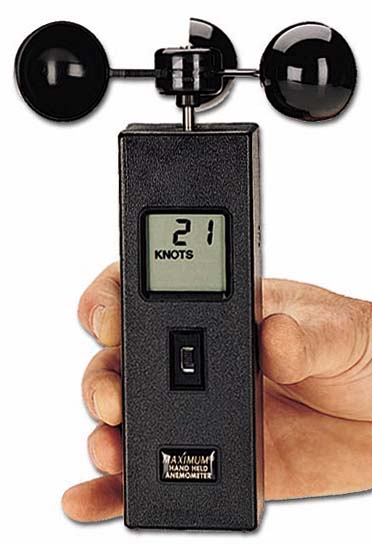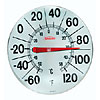Equipment and Photography Tips...
There are a number of items that you might want to have on hand while you are chasing and photographing storms. As an amateur photographer I try to carry certain equipment with me at all times. You have to have camera equipment, protective equipment for your camera gear, proper clothing, a few how to books are helpful, safety gear - in case you become stranded (nobody wants to freeze to death), proper car care is a must, computer equipment, memory cards, a few weather instruments, a NOAA Weather Radio, I never leave home without the GPS, and an assortment of other items - including gummy bears. Okay so you might not NEED the gummy bears. That was just a suggestion in case you get hungry out there! Now don't get me wrong, you don't need everything listed below in order to chase tornadoes or snowstorms. You can get by with the bare minimum - a camera and some memory cards or film.
I have made a list of the items that I like to use. You may enjoy a different brand of camera or computer equipment. The items listed below is what works best for me. I have picked up some ideas from other chasers/photographers. Everyone is different though and if you have suggestions or tips then please drop me an email and let me know what works best for you. Who knows I may like your idea better than mine! I am, after all, still learning (and there is soooo much to learn)!
Your Camera
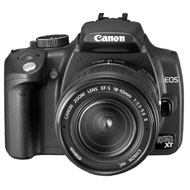
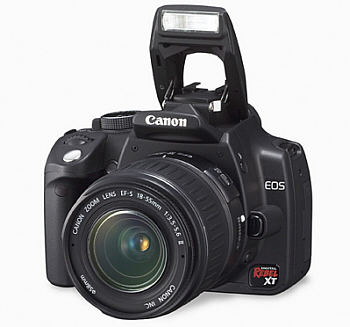
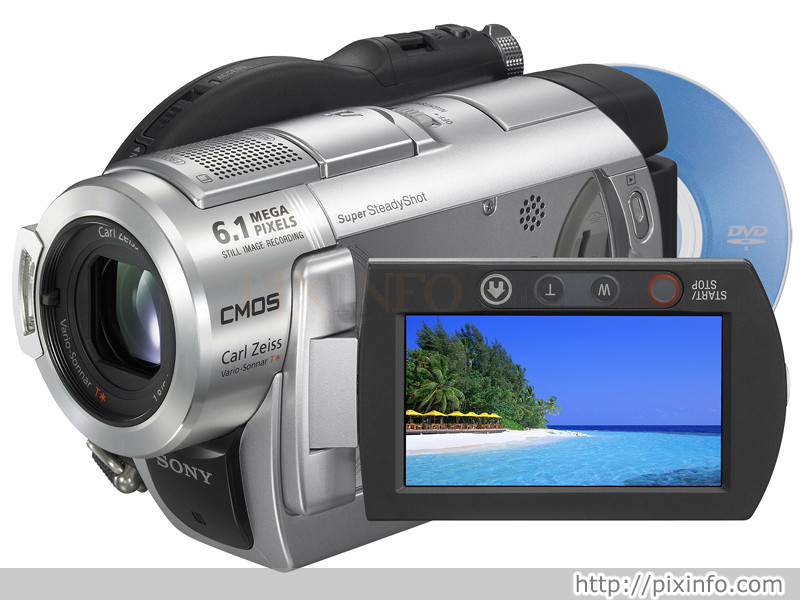
The type of camera can be important but what is more important ks knowing how to use your camera properly. It is a learning process. I am still learning and have A LOT to learn! I have seen beautiful photographs from cameras that cost less than $100 and i have seen terrible photographs from cameras that cost thousands of dollars. So knowing how to use your camera is a must. READ your manual. Many brand name cameras even have books written on how to use them. Search Amazon for the latest "how to" books. You may also want a small video camera for those "action" scenes. I love photography and I am not a big fan of video. Everyone is different though and you may enjoy video more than photography. YouTube and other free upload sites have made video blogging a popular hobby.
I also like to use more than one camera when I photograph storms. There are several reasons for this.
-
If one of your camera fails to operate then you have an emergeny backup. It would be unfortunate if you travelled 200 miles to photograph a storm only to learn that your camera has a mechanical problem.
-
It is difficult, during inclement weather, to change lenses in the field. If you want a wide angle lens on one camera and a different lens on another camera then this is the way to go. Otherwise you risk water damage to your camera (if you are near or in your car then this might not be an issue).
-
If I have a friend with me then they can use one camera.
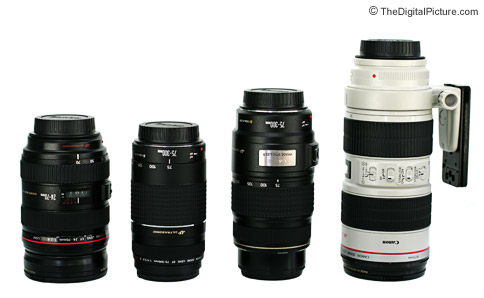
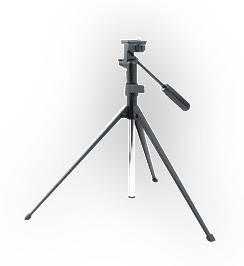
You will want to use the best camera lens (glass) that you can afford. You should look at your lens as an investment - spend wisely. Each camera lens is different. Some have better glass than other. Some lenses are good for short distances and some lenses are good for distant landscape photography. There are fast lenses and slow lenses. I strongly recommend that you learn as much as you can about which lens is best suited for your photography needs. You can Google "lens reviews" or visit this Canon Site for more information.
Another important piece of camera equipment is your tripod. There are going to be times when holding your camera with your hands is not going to work. Camera shake can cause your photos to turn out blurry. The slower your shutter speed the more important your tripod becomes. It is virtually impossible to achieve a clear/crisp photography at night without a tripod. Again your shutter speed is going to be slow at night and the tripod will give you the most stable image possible. Invest in a tripod. You can purchase a good tripod for less than $100.
Photo Storage
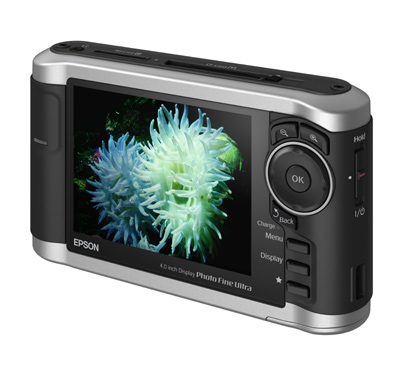
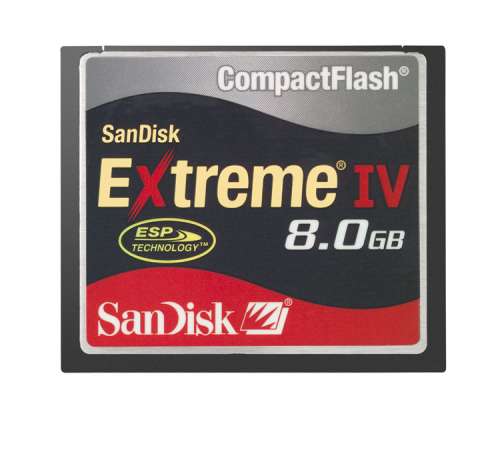
How are you going to store all those photographs? It is important to store your photographs securely. I try to back up my photos on an external hard drive. I recommend the Epson Photo Fine. I use the 80GB model - the Epson 5000. I also store the photographs on my computer. So I have two copies of my photos. I have had a hard drive crash and lost photos. You quickly learn, when something like that happens, to back up your images!
As far as Memory Cards I like to carry 1GB - 2GB cards. I usually carry 10 cards with me at any given time. Some people like to use larger cards. This is a personal choice. I am concerned that if I had an 8GB memory card and dropped it in the water then I would have lost a lot of photographs. If I am using several 1GB-2GB cards then there is less of a chance of losing all of my data. I do carry large cards with me though...just in case I need them.
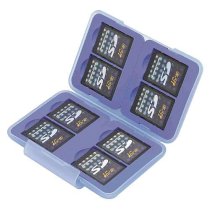
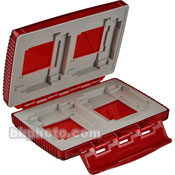
I strongly recommend purchasing a digital memory card storage wallet for your cards. You can purchase them from B&H (B&H Photos is one of the best companies to purchase camera equipment. Make them your friend). Most of these holders can carry up to four cards at any given time. This gives you a nice location to store the cards you are not using. When are finished with a memory card then flip it over backwards and place it back in the holder. This way you will know which card has been used and which ones have not. This makes life a little easier when the snow is falling and the temperature is zero degrees outside. No reason to waste time trying to remember where your extra cards are and which ones have already been used. These card holders are also an excellent way of protecting your cards from the elements.
Protecting Your Equipment
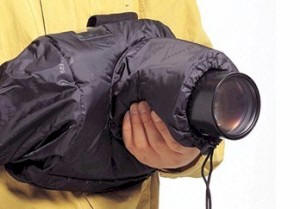
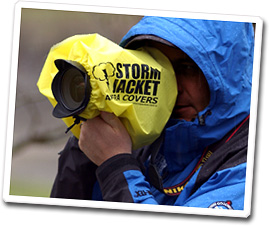
You will quickly learn that rain/snow and camera equipment do not
get along well. It is important to protect your investment.
In order to do this you might want to invest in a rain jacket for your
camera. There are several companies that sell these products.
A quick Google search will bring up a number of web-sites that you can
order from. I have used
StormJacket Camera
Covers on some of my equipment. These are also great for beach
photography. Salt spray tends to quickly cover equipment, and
everything else for that matter. Avoid this by using a protective
jacket on your camera.
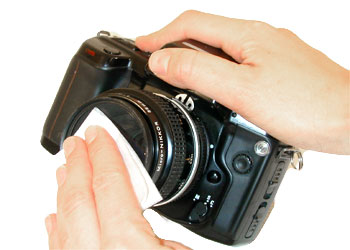
I also carry micro-fibre camera lens cleaning clothes with me at
all times. I usually stick them in my pants or jacket pocket
Rain drops, snowflakes, dirt, and dust seem to find a way of making it
onto your lens - no matter how careful you are. you can purchase
these for a few dollars at most camera supply stores. You can also
order then on-line through B&H.
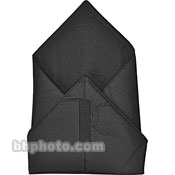
I would also strongly encourage you to carry a camera wrap. I learned about these in Boulder, Colorado in December of 2006. They are great for protecting your camera - especially if you are in and out of the car or placing your camera in a backpack. you can purchase these through B&H Camera Equipment.
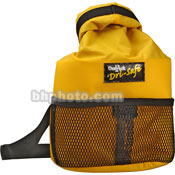
You might also want to consider a waterproof bag to protect your
camera and other electronic equipment. This particular brand
actually floats. You can view the details on the
B&H Photo Site.
GPS and other Electronic Equipment

Ever been lost in the mountains, in the middle of winter, with a
quarter tank of gas and the sun setting? It isn't exactly the way
you want to spend the evening. A GPS Unit could mean the
difference between staying lost for hours or finding your way back to
your hotel. Best Buy and Circuit City, in the United States, sell
GPS units for a reasonable price. Be sure and ask if the GPS Unit
covers Canada as well. Some do not. I use the
Garmin StreetPilot (there are several different models).
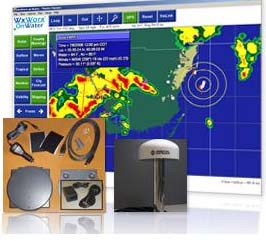
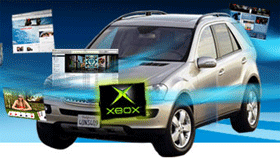
So now that you have everything loaded into the car how are you going to find that perfect storm or track the Lake Effect Snow band? Good news. There are a number of options ranging from cell phones with internet all the way up to the latest AutoNet Mobile Internet system that can provide wireless internet up to 100' away from your vehicle! There are also other options available for weather data including satellite feeds through WxWorx. There is no right or wrong way to go on this subject. Experiment and see what works best for you. Expect major advances in mobile internet during the next 12-24 months.
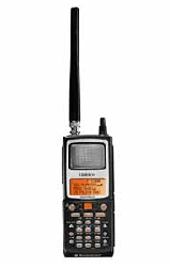


For the latest weather information you might want to carry a
NOAA Weather Radio in your
vehicle. If all else fails you should always be within range of
one of the 940 transmitters that have been scattered across the United
States and Puerto Rico. Canada also has Weather Radio! You
may also want to consider carrying a hand held scanner. With a
scanner you can listen to road conditions and emergency personnel -
including police and fire. Keep in mind that it is illegal in some
states to carry a scanner in your vehicle. I also like to carry a
ham radio with me at all times. in case of a major emergency you
can usually communicate with local SKYWARN Nets or others who might be
broadcasting in the area. This is especially helpful during
hurricanes and significant natural disasters..
Emergency Vehicle Equipment
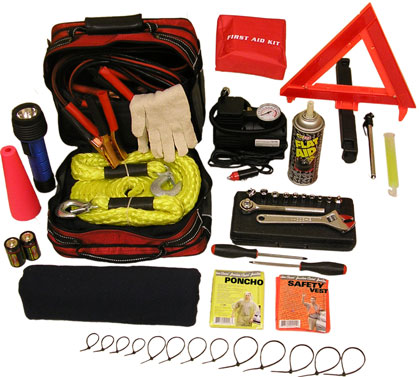
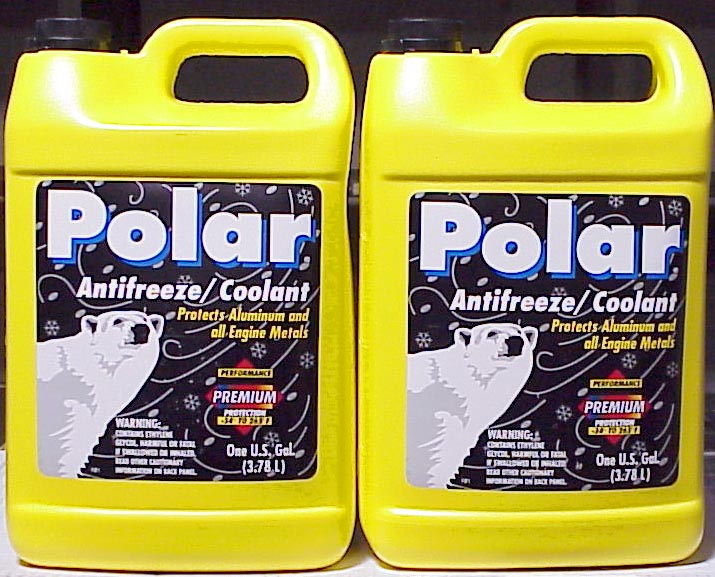

During severe winter weather it is important to maintain proper vehicle maintenance. You don't want to find yourself without windshield wiper fluid during a snow or ice storm. Salt spray, from the roadways, will quickly cause your windshield to become dirty and hamper your ability to see
I also recommend carrying a vehicle emergency kit inside of your trunk.
Weather Instruments
If you are interested in knowing how fast the wind is blowing or how cold it is then you might want a few weather instruments. They can make for good photos as well. Holding a thermometer when the temperature is -10 outside might look pretty cool. You can order weather instruments on-line. Handheld anemometers can be purchased from Maximum.
Winter Clothing
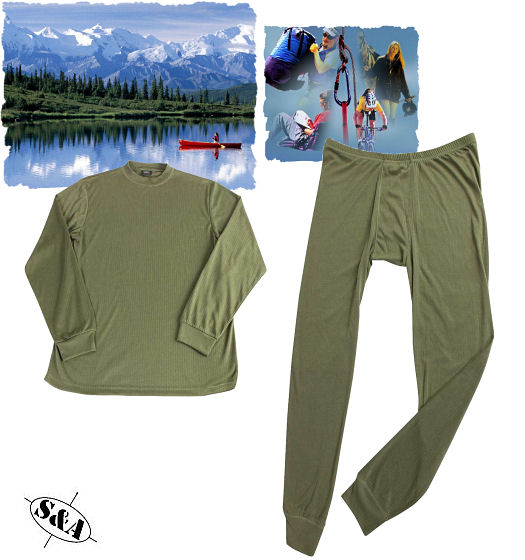


If you are going to chase snowstorms then you are going to need warm clothes. I am not going to suggest how you might or might not want to dress but I would recommend visiting a local hunting store and checking out the latest undergarments that are available for extremely cold weather. You might be surprised what you find. Trying to take photographs, while you are cold, can be fairly miserable. Proper clothing can make all the difference in enjoying your winter weather experience. I would also recommend carrying a few pocket warmers with you. It is always better to be safe than sorry. Be careful of frostbite it can happen quickly and can leave an unwelcome permanent reminder of your "snow" and "cold" experience. It is also a good idea to carry some "Thermal Blankets" with you. You can purchase these from Wal-Mart for less than $2.00. I also carry a sleeping bag with me in the back of the car. Try to find one that is rated for temperatures below zero.
Ziploc Storage Bags
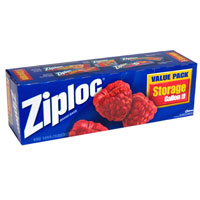
You will thank me for this later. Carry Ziploc bags.
The large sizes. You can get them as large as 13"x15". I use
them to store everything. This keeps your gray cards - booklets -
wires - literally everything protected from moisture. If you get
the large sizes you can use them to keep all the accessories of certain
electronic devices together. For example - I use them to keep all
of my video camera accessories in one spot. The wires, instruction
booklet, extra battery, and battery charger all fit inside the Ziploc
bag. No more wondering what this or that cord is for.
Other
The list is endless. I would suggest carrying a few towels with you in the car. If you or your equipment does get wet then at least you have a way of drying off. Remember to let someone else know where you will be travelling and when you are expected to return. Carry extra water with you and some non-perishable foods.
Home | About | News | Upcoming Events| Photo Gallery | Video | Links | Contact
All Photos are copyrighted by Beau Dodson and are used on this site with his permission. Any use other than authorized is against the law. If you wish to contact me regarding the use of these photos then please e-mail me.

